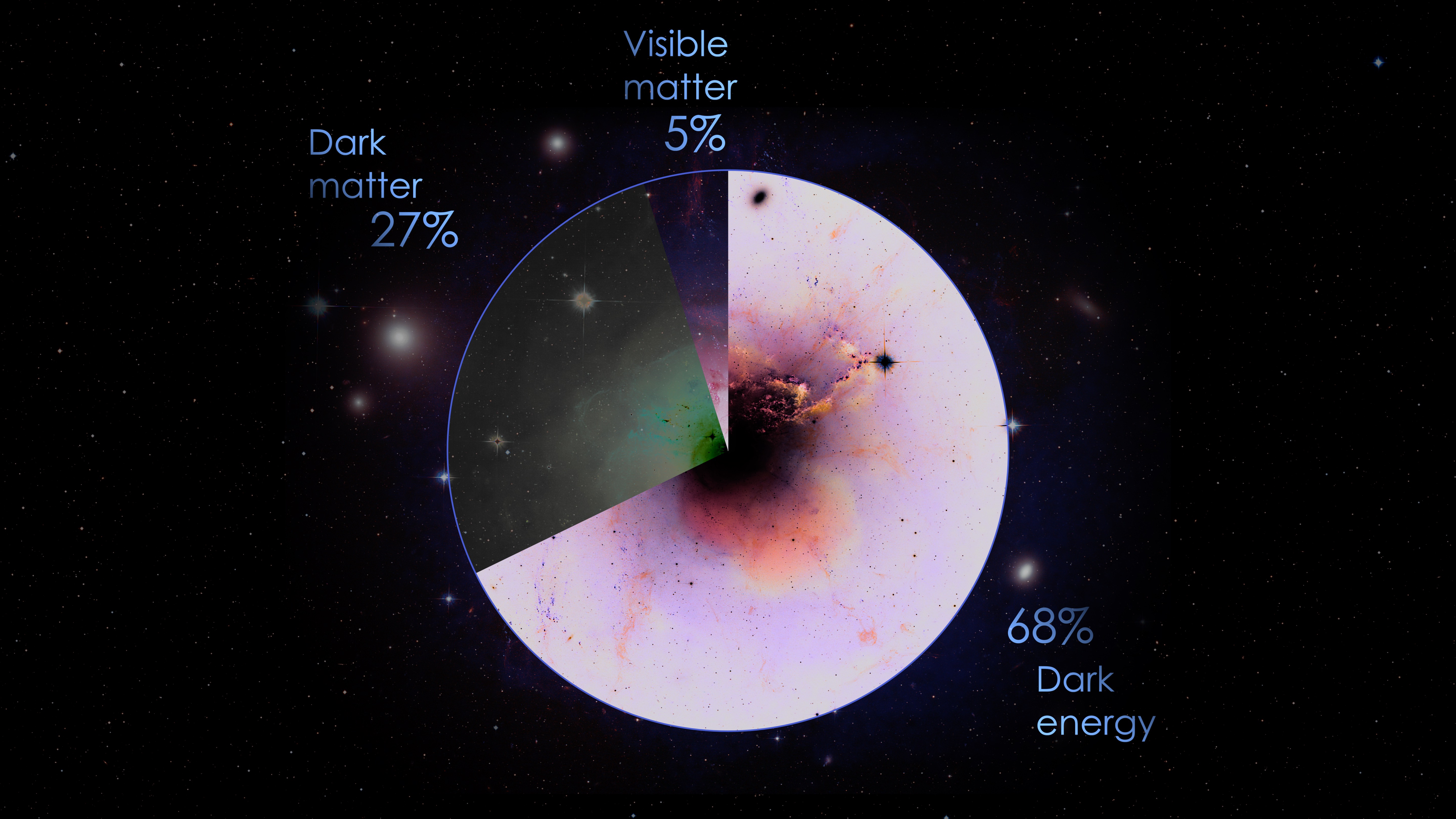
Education and Early Career
Bond earned a Bachelor of Science from the University of Toronto in 1973. He went on to receive a master’s degree in 1975 and a PhD in 1979, both from the California Institute of Technology (Caltech), in theoretical physics. He held a postdoctoral fellowship at the University of California, Berkeley, from 1978 to 1981 and taught at Stanford University from 1981 to 1987.
Early in his career, Bond studied supernova explosions, neutron stars and neutrinos (see also: Neutrino Project; Was Einstein Wrong about Our Universe?).
Career Highlights
Bond joined the Canadian Institute for Theoretical Astrophysics (CITA) at the University of Toronto in 1985 as a founding faculty member. He holds the title of professor at CITA and served as its director from 1996 to 2006. From 2002 to 2017, he directed the Cosmology and Gravity (since renamed Gravity and the Extreme Universe) program for the Canadian Institute for Advanced Research (CIFAR). He remains a senior fellow with that program and is recognized for his role in making Toronto a leading centre for cosmological research.
Bond has also held teaching and research appointments at many other universities and research institutes, including Caltech, Stanford University and the University of Cambridge.
Studying the Early Universe
Bond is best known for his investigations of the early universe, especially his studies of the “cosmic microwave background” (CMB), a type of radiation emitted just a few hundred thousand years after the big bang — the explosion that scientists believe marked the origin of the universe some 14 billion years ago. This radiation, which now fills all of space, can be detected with radio telescopes both on the ground and in orbit around the Earth. By studying tiny ripples, or fluctuations, in this radiation, physicists have been able to test various theoretical models of the early universe, and have inferred the shape, size, composition and age of the universe. Many of these parameters — the subject of little more than educated guesswork a few decades ago — are now known with remarkable precision.
Bond has played a leading role in several experiments designed to study the CMB. He was a contributor to the BOOMERanG experiment (Balloon Observations of Millimetric Extragalactic Radiation and Geophysics), a balloon-borne telescope that made three flights above Antarctica in 1997, 1998 and 2003. Bond and his colleagues used data from BOOMERanG to show that the universe is likely to be geometrically “flat,” meaning that parallel lines will never meet and the internal angles of a triangle always add up to 180 degrees. (Cosmologists had considered various “curved” geometries in which the angles of a triangle might sum to more, or to less, than 180 degrees; these are now seemingly ruled out.)

Together with Douglas Scott of the University of British Columbia, Bond co-led Canada’s scientific contribution to the European Space Agency’s orbiting Planck telescope, which collected data from 2009 to 2013. Like BOOMERanG, Planck was designed to map the cosmic microwave background in fine detail.
Precision Cosmology
Data from the Planck telescope allowed physicists to make their best estimate so far of the universe’s age, setting the figure at 13.82 billion years (making it approximately 80 million years older than earlier estimates). They were also able to determine that just 4.9 per cent of the universe is made up of “ordinary matter” — things that astronomers can see through their telescopes, like stars and galaxies. Some 26.8 per cent of the energy content of the universe appears to be in the form of “dark matter,” whose existence can be inferred only through its gravitational effects on ordinary matter. Dark energy — a repulsive force that counteracts gravity, pushing every galaxy away from every other galaxy — accounts for the remaining 68.3 per cent. (Earlier data from BOOMERanG similarly suggested the existence of this dark energy.) The nature of dark energy remains a mystery, though physicists believe it has been a crucial driving force in the ongoing expansion of the universe.

Data from BOOMERanG and Planck have also lent support to the “inflation” model of the big bang — the idea that the universe underwent an explosive growth spurt in its first moments of existence, before slowing down to a more moderate rate of expansion. Much of Bond’s research involves studying the implications of the inflation model and trying to account for the formation of the first structures in the early universe, as well as trying to understand the nature and significance of dark energy.
Bond is the author of more than 450 scientific publications, and his research has been cited by other scientists more than 70,000 times.
Selected Honours and Awards
- E. W. R. Steacie Prize, National Research Council of Canada (1989)
- Beals Prize, Canadian Astronomical Society (1996)
- Fellow, Royal Society of Canada (1996)
- Fellow, Royal Society of London (2001)
- Dannie Heineman Prize for Astrophysics, American Institute of Physics and American Astronomical Society (2002)
- Officer, Order of Canada (2005)
- Gerhard Herzberg Canada Gold Medal for Science and Engineering, Natural Sciences and Engineering Research Council of Canada (2006)
- Killam Prize in the Natural Sciences, Canada Council for the Arts (2007)
- Gruber Prize in Cosmology, The Gruber Foundation (2008)
- Member, Order of Ontario (2008)
- Henry Marshall Tory Medal, Royal Society of Canada (2009)
- Medal for Lifetime Achievement in Physics, Canadian Association of Physicists (2010)
- Honorary Doctor of Science, St. Mary’s University (2016)

 Share on Facebook
Share on Facebook Share on X
Share on X Share by Email
Share by Email Share on Google Classroom
Share on Google Classroom